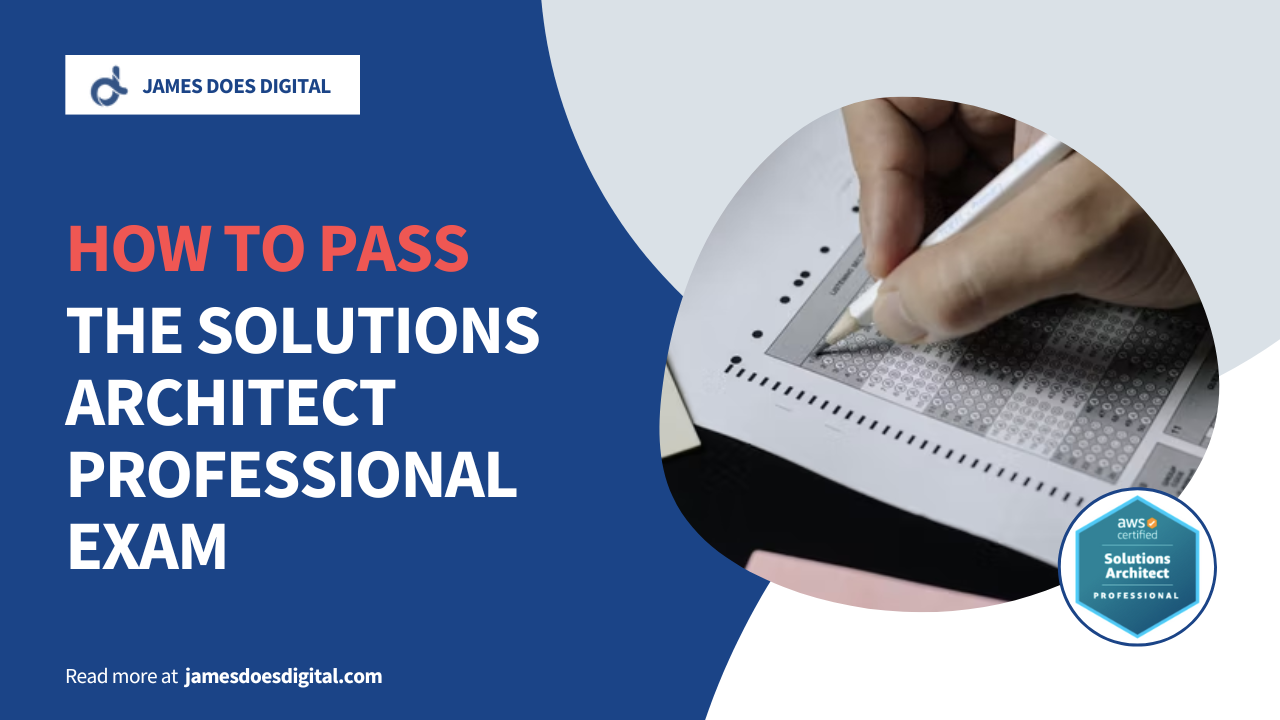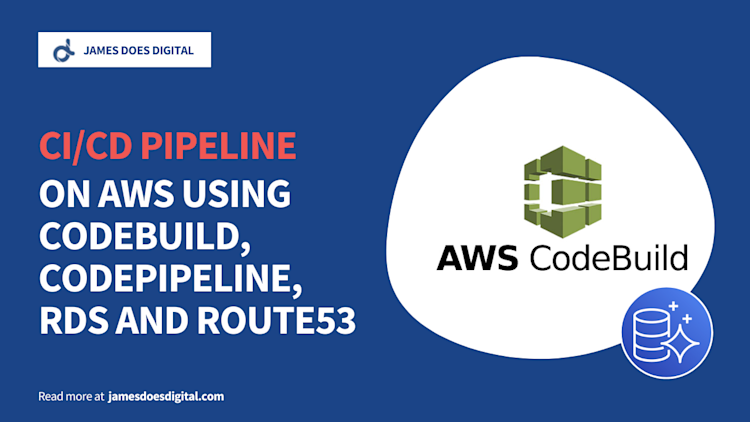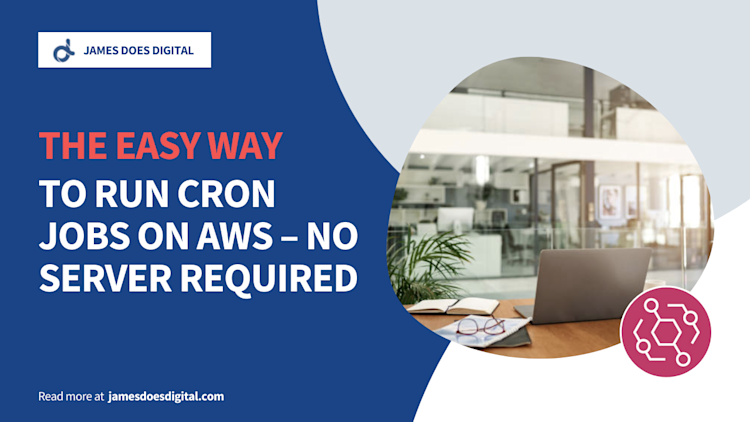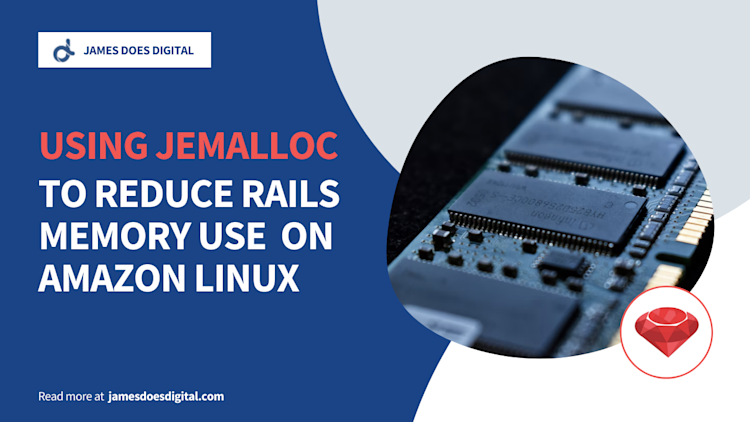How to Pass the Solutions Architect Professional Exam

A few months ago I successfully achieved the AWS Solutions Architect - Professional certification after passing the 3-hour exam.
As far as cloud computing certifications go, this one is regarded as a difficult one to get, so I was understandably quite pleased to manage it at the first attempt.
Introduction
Although official guidance suggests 2 years of hands-on experience is required to do the exam, the demanding nature of the material means that 2 years might not even be enough. I had been using AWS for around 3 years when I took the exam.
Anyway, here are my eight tips on how to pass this exam and get the certification!
Note All of these tips are specific to my learning experience and might not be relevant to you, but hopefully there's something useful in there for anyone who's trying to clear the exam.
Know the Services
Okay, so this one might come across as a given, but hear me out. It’s highly likely that you’ve been exposed to some of the more widely used services like S3, EC2 and IAM, but have you heard of Neptune, AppSync, Greengrass or SageMaker?
Pretty much any one out of over 50 services can be expected to make an appearance in the exam, so you’ll need to at least know the basics as well as some common integrations with other services.
Ideally, you’ll want to get practical exposure to most services before the exam, even if only in a “demo”-style scenario. Admittedly, this may not be quite so easy with certain prohibitively expensive or complex services like DirectConnect, but in most cases it should be possible.
Ultimately it’s just unrealistic to expect to work on every single service in a production environment, but nonetheless it’s vital to have an awareness of how to get things done and create integrations between different services.
Learn Cloud Native Design Patterns
There’s really no substitute for practical knowledge, but learning some theory - be it through whitepapers or books - definitely doesn’t hurt.
Personally, I used a lot of AWS whitepapers and re:Invent talks to build my scenario-based awareness of common integrations and dive deeper into services I had previously only known superficially.
Design Patterns for Cloud Native Applications and Cloud Native Infrastructure were two incredibly useful books for me in this regard.
What makes them so useful is that they explain more general patterns and then make them more concrete by explaining how they might be implemented through real-world cloud services, including AWS.
Know the Questions
All exams have their own quirks and preferred modes of questioning, and this one is no different. As the exam is multiple choice, it’s tempting to assume this makes it easier. In fact, the scenario-based nature of the questions means that real-world knowledge and experience is absolutely crucial.
What comes up often about this exam is how verbose the questions can be, almost as if it’s designed to wear down the candidate’s mental faculties as the test goes on.
Discussions forums are awash with talk of questions that span the height of a computer screen in huge, intimidating block paragraphs.
My experience of it was not too far from this. The questions were indeed extremely verbose in questions, making it hard to distinguish between very subtly different answers.
Another quirk about the exam is the use of certain unhighlighted keywords in questions. For example, a question might mentioning that a “well funded startup” is looking to accomplish X, which immediately you don’t need to look for the lowest cost solution.
Similarly, if the question mentions that a business is trying to do something “as quickly as possible”, this should usually be a sign that the answer is the solution that takes least time to implement, even if the other answers lead to an objectively more efficient or sustainable solution.
Do a Training Course
The cloud certification training market is booming right now as keen learners look to make their mark on this in-demand sector.
Some of my favourite resources were the courses by Adrian Cantrill, Neal Davis and Stephane Maarek.
Most courses consist of at least 20 hours of video lessons supplemented with several practical labs designed to give you a better chance of fully mastering the material.
A special mention goes to Adrian Cantrill’s course, which goes into significant depth on the details, offering incredibly value for money. For me, this is the best option if you really want to understand the material.
Do Practice Exams
There’s no better way to prepare for this exam than by doing practice papers. For me, there’s no better practice exam provider than Jon Bonso and Tutorials Dojo, who offer several practice exam papers which do an amazing job of simulating the real exam.
What’s on show in these practice papers is the level of verbosity that you can expect on the real exam, but also the massive breadth of material both within an exam paper and across different ones.
The one downside to these papers is that each one can take up to 3 hours to finish, which means you might well be spending hours doing them if you choose to go down this route.
I found that skimming them on the first attempt and then honing in on the incorrect answers was the best way to find the weak spots in my knowledge.
The papers provide incredibly detailed breakdowns of incorrect and correct answers, often making reference to documentation and whitepapers, which really highlights the depth of the team’s knowledge of both the exam creation process and the underlying services.
Refresh Basic IT Knowledge
Although the cloud can sometimes create the illusion that none of our systems actually exist in the physical world, this is obviously not the case.
Every instance that gets provisioned does exist somewhere, just like every router in a VPC has to exist somewhere.
For those - like me - who came to the cloud without having worked in a more old-fashioned enterprise IT environment with on-premises infrastructure, this is sometimes easy to overlook.
For that reason, it can be really helpful for this exam to review IT basics like how the Internet works, CIDR, NAT, encryption, hash functions - the kind of things people learn in their younger years but might not necessarily think about day-to-day at work.
Adrian Cantrill’s course is particularly helpful at refreshing some of the basic concepts.
Prepare for Proctoring
Since the COVID-19 pandemic, the exams can be taken at home in a proctored scenario. What this means is that you will be watched through your computer’s webcam and your screen will be monitored constantly throughout the exam. The check-in process for the exam requires you to record a video of your desk and take photographs of one piece of ID.
The proctored environment is very convenient, but it’s worth doing a system test on your laptop or computer as the browser lock software can be quite taxing on less powerful machines.
Summary
If you’ve made it this far, thanks for reading. This was just a short collection of my tips for passing the AWS Solutions Architect - Professional exam.
Good luck for the exam if you decide to sit it!
Related Articles
A CI/CD Pipeline using CodeBuild, RDS and Route53
CodePipeline is a managed product that can be used to create an automated…
August 9th, 2022
Easier Cron Jobs on AWS
Scheduling repetitive recurring tasks through code is a very common…
April 25th, 2022
Jemalloc and Rails on Amazon Linux
We were facing a major memory issue with our production Ruby on Rails…
June 8th, 2022




